
Get Instant Solution By an Expert Advisor
(4.8)
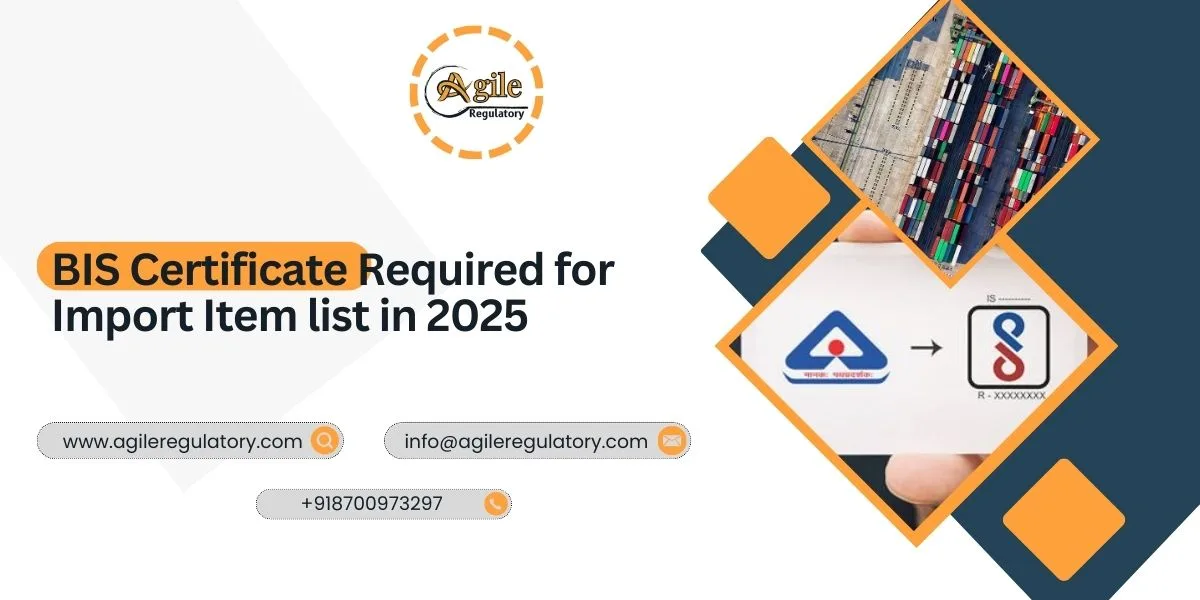

Many imported items require a BIS certificate or registration before clearance in India. The requirement covers products that the government declared important for safety, health, and fair trade. If you import listed goods you must show the right BIS proof at customs. Customs can detain or reject consignments without BIS evidence. You may face fines, testing orders, or re-export demands. For importers, early compliance avoids port delays and extra cost. Large buyers and public tenders prefer certified items, so compliance supports sales too.
The list is broad. It includes electrical items, IT and electronics, lighting, medical devices, steel and construction inputs, chemicals, food contact items, and more. The DGFT and BIS publish the mapped IS numbers and product titles. Check the official list to confirm whether your HS code is covered.
Always use the BIS product pages and the DGFT notifications for updated information. BIS maintains a products page and a downloadable list of covered IS standards. Third party lists exist, but they may lag behind the official updates. For imports, the DGFT notifications referencing BIS lists are the controlling documents at customs. We've added official List of Products under BIS, mandatory for Import as of September 2025.
Foreign manufacturers, exporters and Indian importers must ensure compliance. For many notified items the foreign maker needs to get BIS recognised certification or the foreign manufacturer must register with BIS under the FMCS. Indian importers must present the certificate during clearance. Check scheme details: some items ask for full certification, others ask for simpler registration.
What is BIS Compulsury Registration Scheme?
There are two main paths.
The choice depends on the product and the IS code. Labs accepted by BIS must be NABL accredited or recognised by BIS.
Customs asks for a valid BIS certificate or registration number, test reports, manufacturer statements, and invoice and bill of lading. For foreign makers, BIS FMCS registration proof is common. Keep traceability data like batch numbers and lab seals ready for inspection. Good records speed clearance.
Start with your product HS code and then see the BIS list of IS numbers. The BIS PDF lists products and the corresponding IS standard codes. If a product description looks close but not exact, seek clarity from BIS or your customs broker. Misclassification causes delays.
Testing must follow the IS standard mapped to your product. Use NABL-accredited labs. Some imports require factory audit by BIS as part of Certification. For CRS items the lab report and registration are central. Confirm that test conditions match the sample and shipment to avoid rejections.
BIS Registration Process in India
In 2025 BIS also expanded coverage and gave new Quality Control Orders. Officials also introduced new categories of items, such as some furniture, footwear, and steel inputs were also wider. The updates have the effect of increasing the number of imports that are subject to BIS checks. Keep a close eye on watch BIS and DGFT notices that impact on your shipments.
Certification costs vary. Tests and audits add fees. FMCS or factory audits take time, often weeks. For CRS items registration can be quicker but still needs lab time. Factor testing and audit lead times into your procurement plan to avoid demurrage at port.
Customs will match HS code and product details to DGFT/BIS lists. If selected for physical check they will ask for certificates, lab reports and sample photos. Keep original paperwork, digital copies and contact details of labs and certifying bodies on hand.
Agile Regulatory guides importers and exporters. We map HS codes to BIS IS lists, advise whether certification or registration fits, coordinate NABL tests, and liaise with foreign manufacturers for FMCS registration. We prepare customs-ready files so your shipment clears fast, with minimal hold ups.
The BIS import list changes. New QCOs and OTR orders can expand scope. Subscribe to BIS and DGFT alerts, and review the list before each major purchase. Early planning saves time and money, and protects your reputation in the market. If you want expert help, get in touch with our consultants today!



 Nishi Chawla
Nishi Chawla
24 Dec, 2025

 Nishi Chawla
Nishi Chawla
24 Dec, 2025


Get Instant Solution By an Expert Advisor
(4.8)
We simplify compliance through a proven 4-step process: Consultation, Documentation, Submission, and certification. From understanding requirements to getting final approvals, we deliver a smooth, timely, and fully compliant journey for your business.
What our customer says about us
Fantastic support from the team. Their expertise transformed our approach, driving remarkable outcomes. A must-have partner for businesses seeking effective consulting solutions. Highly recommended.
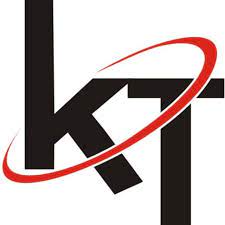
KTPL Instruments
Agile Regualtory delivers exceptional solutions. Their insightful guidance streamlined our processes and boosted profitability. Highly recommended for businesses seeking expert consulting services to thrive.
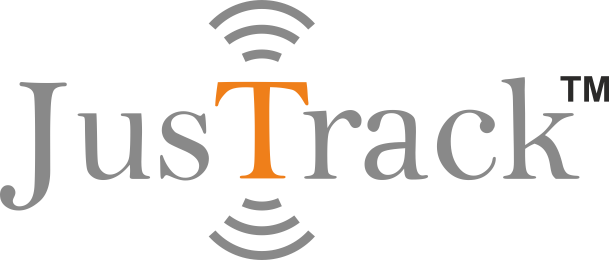
Justrack IOT
Impressed by Agile Regulatory's expertise. Their strategic insights and practical solutions have elevated our business operations. A reliable partner for effective consulting services. Highly recommended for growth-focused businesses.
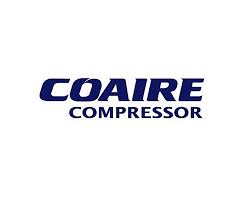
Coaire Compressor
Extraordinary consulting services. Their insightful solutions and dedicated team reshaped our business, driving remarkable improvements. Highly recommend it for transformative results.

Easy Polymer
Incredible experience with Agile Regulatory. Their innovative strategies and expert advice revitalized our business model, resulting in impressive growth. Highly recommend their exceptional consulting services.

Tarus International
Top-tier consulting! offered strategic solutions that revolutionized our approach. Their deep expertise and personalized guidance made a significant impact on our success. Highly recommend their services.

Anchor Weighing
Agile Regulatory exceeded expectations! Their tailored solutions, expertise, and proactive approach led to remarkable results. Highly recommend for businesses seeking impactful and strategic guidance.

AM Capacitor
Outstanding service! delivered targeted solutions with professionalism and expertise. Their insights elevated our business strategies, resulting in noticeable growth. Highly recommended for exceptional consultation.
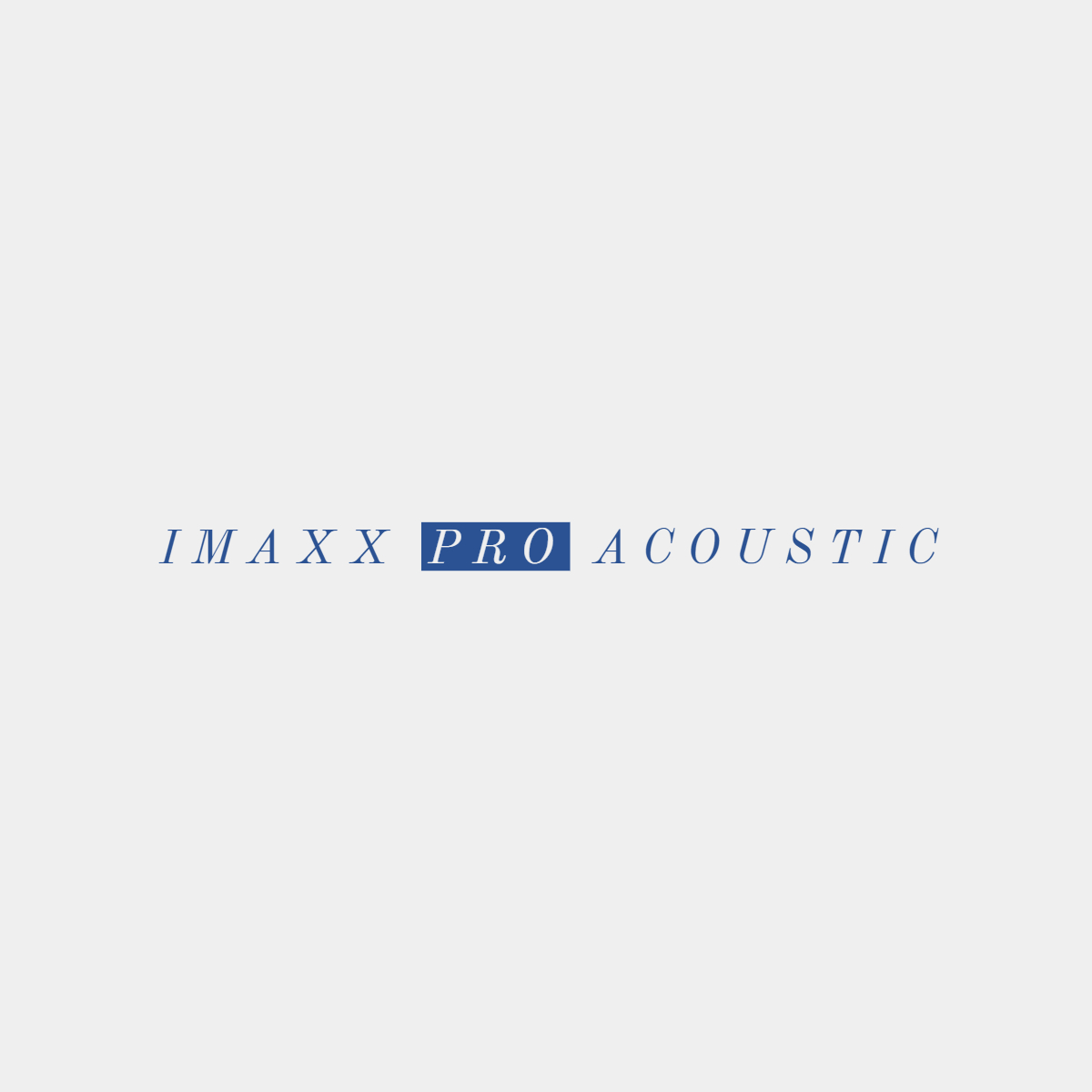
Imaxx Pro Aquistic
Leave a Reply
Your email address will not be published. Required fields are marked *